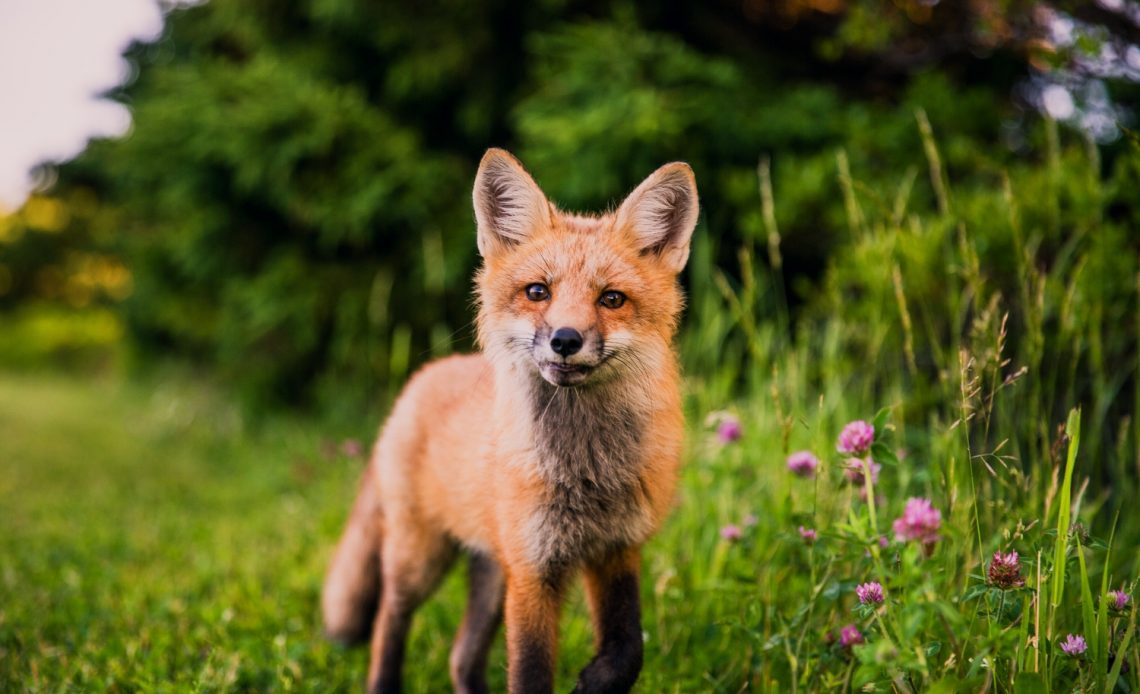

We’re here to help! Wild Yards is a completely free website that is 100% dedicated to helping you create a wildlife-friendly, sustainable yard. Read more
WildYards is reader-supported. When you buy a product through a link on our site, we may earn a comission. Every product is independently selected by our (obsessive) editors and our reviews are unbiased and objective. Read more about our mission or our privacy policy.
We, humans, have a major impact on the world around us, and if we’re not careful, we can end up doing a lot of damage.
But by making concerted efforts to work with nature, we have the power to support our local ecosystems and improve the wonderful wild world around us.
If you’re ready to go beyond birdwatching and gardening and turn your backyard into a certified wildlife habitat, you’re not alone.
More and more people are ditching traditional landscapes in favor of re-wilding their lawns to support their local flora and fauna.
If you want to learn how to make your yard a wildlife habitat, you’ve come to the right place!
To make your backyard a certified wildlife habitat, you must provide water, food, shelter, and a place for wildlife to mate and rear their young. You also need to engage in a few sustainable practices to make your backyard wildlife-friendly.
What is a wildlife habitat?
A wildlife habitat is more than just a garden. It’s an outdoor space designed to support the insects and animals native to a given ecoregion.
No matter how big or how small your outdoor space is, you can make an earnest conservation effort with your property that can have a tremendously beneficial impact on your local ecosystem.
Anyone can take steps to make their backyard wildlife-friendly. Even something as simple as installing a birdbath can make a world of difference to the birds, squirrels, and pollinators in your area.
But if you want to turn your backyard into a certified backyard habitat, you’ll need to ensure your property meets the National Wildlife Federation’s guidelines. Let’s take a look at those now.
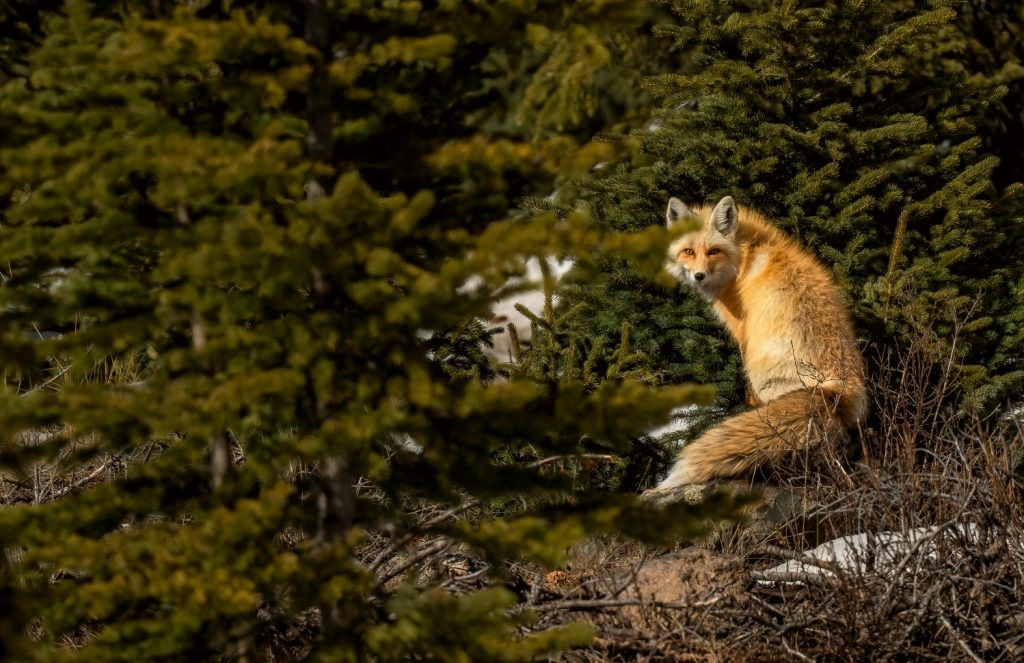
How to make your yard a certified wildlife habitat
If you want to transform your property into a wildlife sanctuary, the process is actually pretty easy. But if you want to qualify for certification, then you’ll need to follow these 6 steps
Step 1: Provide a water source
More than anything else, the animals in your ecosystem need a reliable source of water.
To qualify for certification with the National Wildlife Federation, you need to install at least one water source in your backyard. This can be a birdbath or even a small kiddie pool filled with water.
If you have a large property, you can make a pond. Anything from a koi pond to a large stock tank will work, just as long as the hole you dig holds water.
Above-ground water sources, like birdbaths, attract butterflies, bees, and wasps as well as local songbirds. They’re a great way to support pollinators and predatory insects that prey on damaging pests, like aphids.
But ponds go the extra mile by also providing amphibians with a place to cool down. Ponds attract frogs, snakes, turtles, and a variety of insects, especially dragonflies.
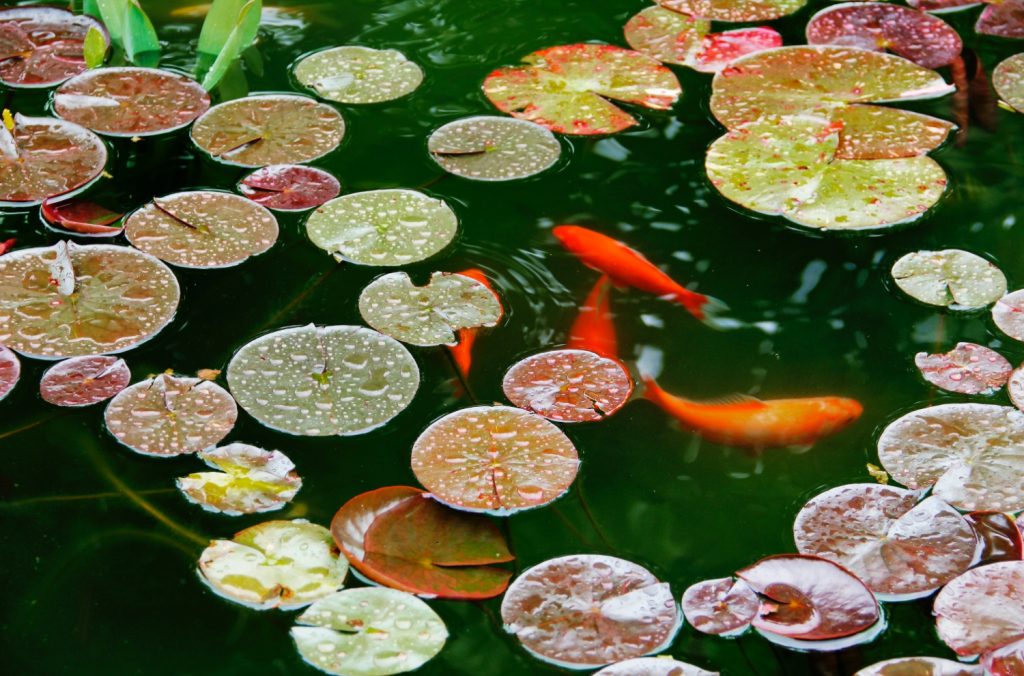
Step 2: Provide 2 food sources
Your local wildlife will feel much more at home in your backyard if there’s plenty of food for them to enjoy.
The more food options are available, the more critters you’ll attract. This has a trickle-up effect on your ecosystem.
For instance, if you install a bird feeder, this will not only attract more birds, but it will also attract rabbits, who will enjoy scavenging through the seeds that get spilled on the ground below.
Rabbits make up a huge part of the average owl’s diet. Where rabbits and other small mammals are located, owls are soon to follow.
Snakes also feed on small mammals, and both snakes and owls can help keep these animal populations in check.
They can also keep bugs and mice away from your house!
In addition to bird feeders, you can also grow nectar-rich flowers, like honeysuckle, and seed-dispersing flowers, like sunflowers, to keep your local wildlife fed.
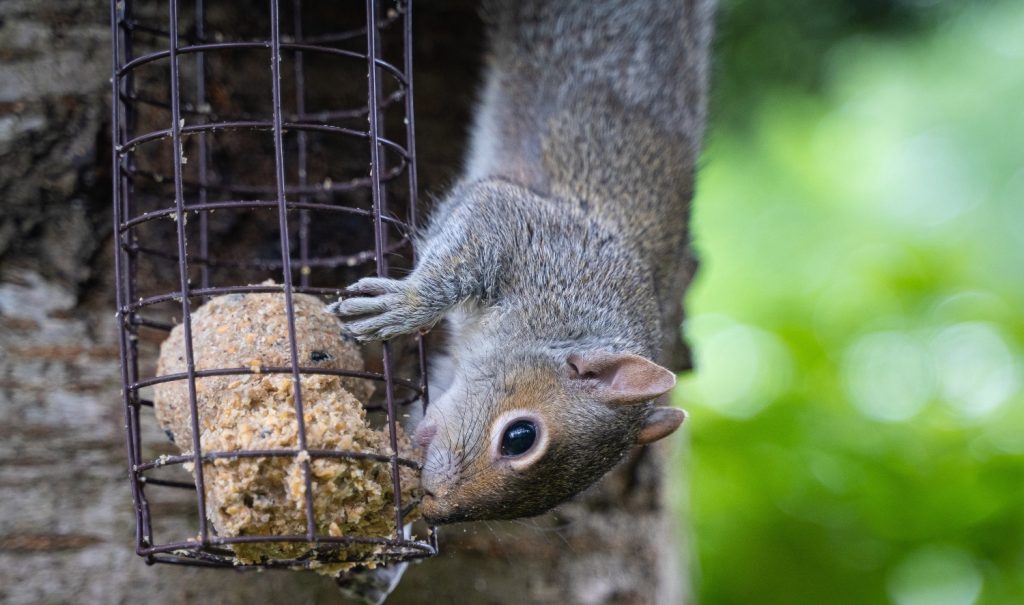
Step 3: Provide 2 shelters
Just like people, animals need water, food, and shelter. So when you’re done digging a pond and hanging up a few bird feeders, it’s time to get to work on building some shelters.
Shelters obviously included animal-specific houses, like bat houses, birdhouses, and toad houses.
But other things can be considered shelters, too.
Brush piles give birds, snakes, and small mammals a place to hide from predators and stay warm and dry during thunderstorms.
Rock piles give lizards, geckos, frogs, and toads a place to stay cool and moist during the day.
Upcycled materials, like mailboxes, pipes, buckets, and containers can also be converted into roosting boxes for wildlife.
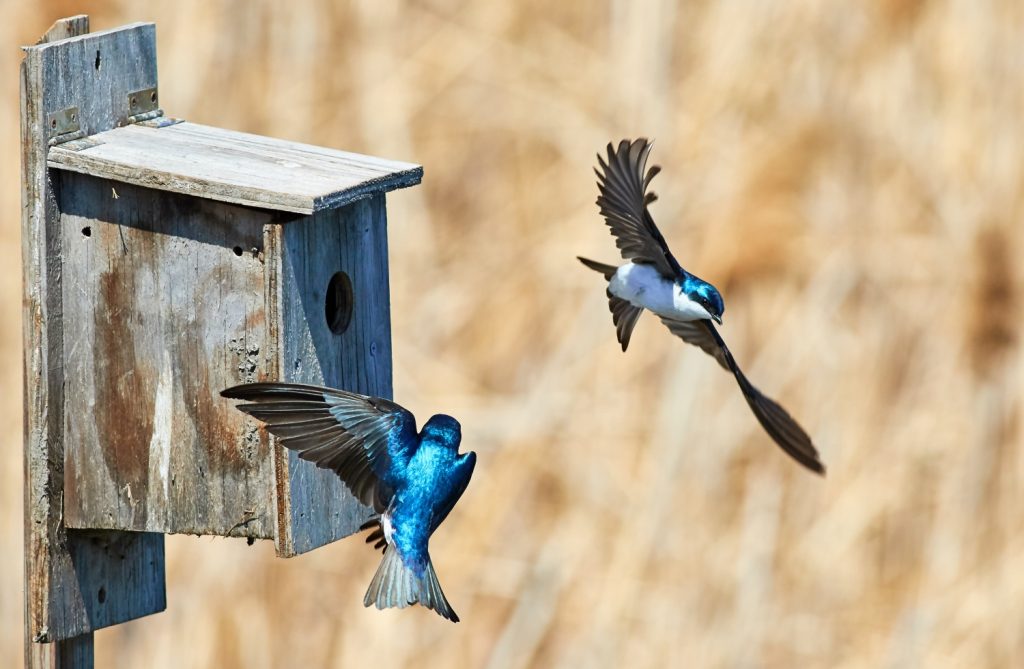
Step 4: Provide a place to mate and rear young
Meeting an animal’s most basic needs helps make them feel more comfortable. And when animals feel comfortable enough to frequent a location, they’ll also be more inclined to raise their families there.
So in addition to water, food, and shelter, you’ll need to give your local wildlife plenty of places to hide so they can mate and protect their babies while they grow.
This can mean planting milkweed for monarch caterpillars to feed on once they hatch. It could also mean planting shade trees and installing owl nesting boxes.
You can use rocks to construct a small cave for reptiles to hide in. You can dig a burrow near a stump in a tree line. You can move a hollow log to a more secluded section of your property.
The idea is simply to offer your local insects and wild animals a place where they feel comfortable and secure for generations to come.
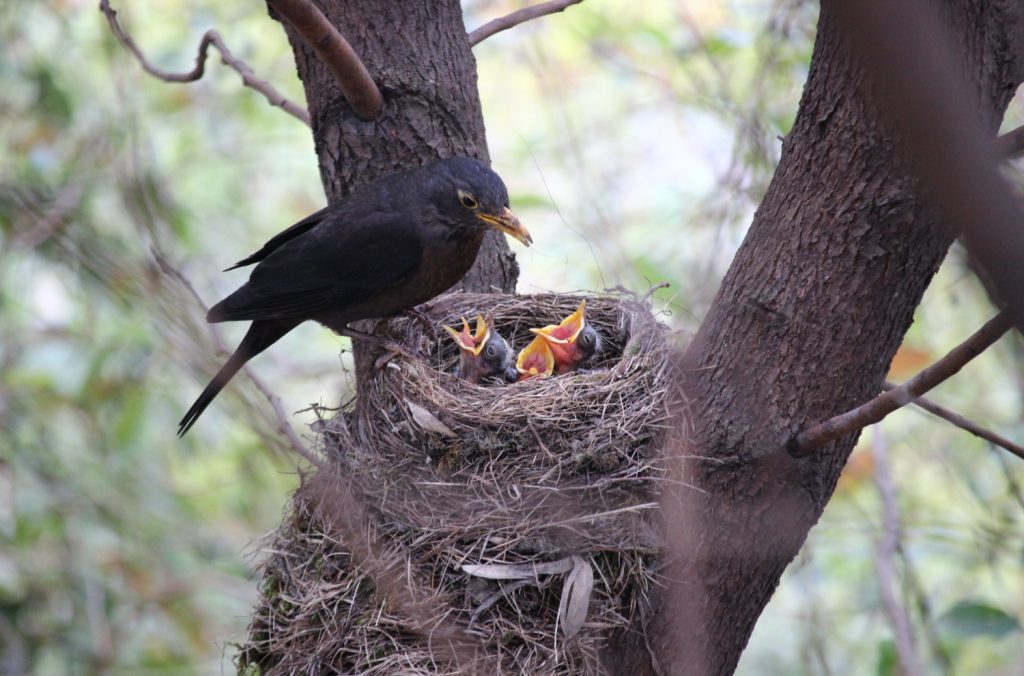
Step 5: Engage in sustainable practices
For your backyard to qualify as a certified wildlife habitat, you’ll need to do your part to support your local wildlife in a sustainable way.
Just think green. You can install a rain barrel or engage in xeriscaping, thereby eliminating your garden’s need for irrigation.
If neither of these is an option for you, simply applying a layer of organic mulch to your flower beds can help illustrate your commitment to sustainable practices.
Removing non-native plants, including non-native turf grasses, is another step in the right direction.
Composting table scraps, plant debris, and other biodegradable household materials is another easy sustainable practice you can engage in.
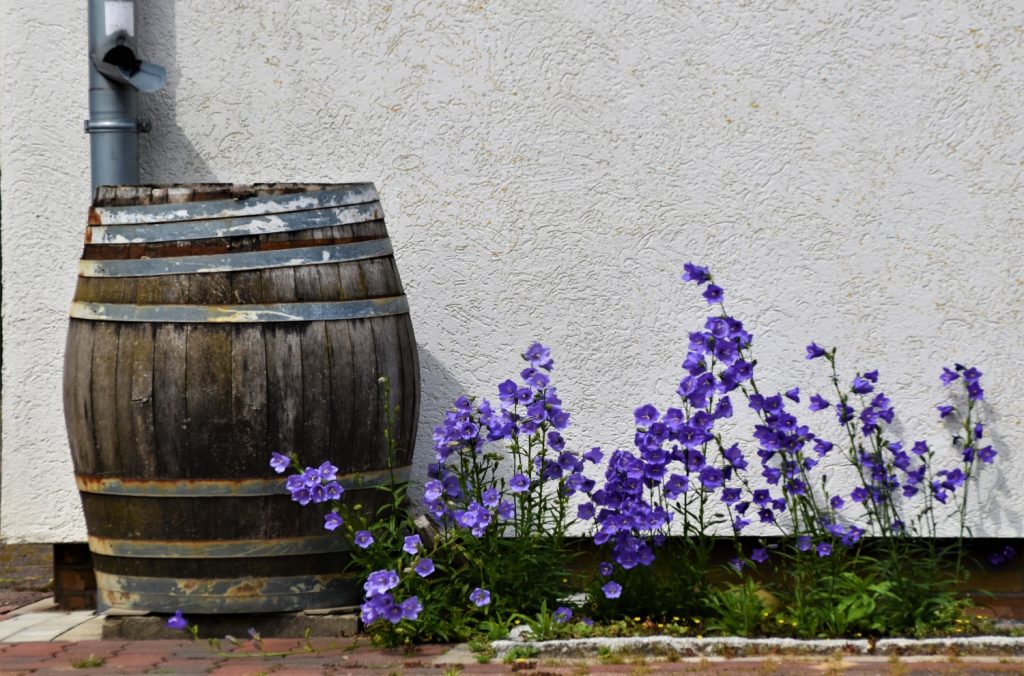
Step 6: Fill out the form
Once you’ve followed the necessary steps, and you’re certain that your backyard meets all of the requirements, you can fill out the National Wildlife Federation’s online certification form.
When you’ve completed the form, you’ll have the opportunity to purchase a nifty sign to display in your newly christened Wildlife Habitat.

What does not qualify as a wildlife habitat?
If your backyard only meets one or two of the above guidelines, that’s certainly better than nothing. But in terms of creating wildlife habitats, it leaves a lot to be desired.
Just because you’ve planted colorful flowers in your landscaping and placed a decorative birdhouse on your privacy fence, that doesn’t mean you’ve constructed a wildlife refuge.
The purpose of a wildlife refuge is function, not aesthetics. So no matter how pretty your backyard is, that doesn’t mean it’s supporting nature.
Even if regularly see insects and animals roaming through your yard, that doesn’t necessarily mean that it’s fulfilling their basic needs, or supporting the ecosystem as a whole.
That said, if insects and animals are already visiting your backyard, you’re halfway there! Getting nature to come to you is a big part of the battle.
With a little extra effort on your part, you can make sure your backyard becomes a safe space for your local wildlife to call home.
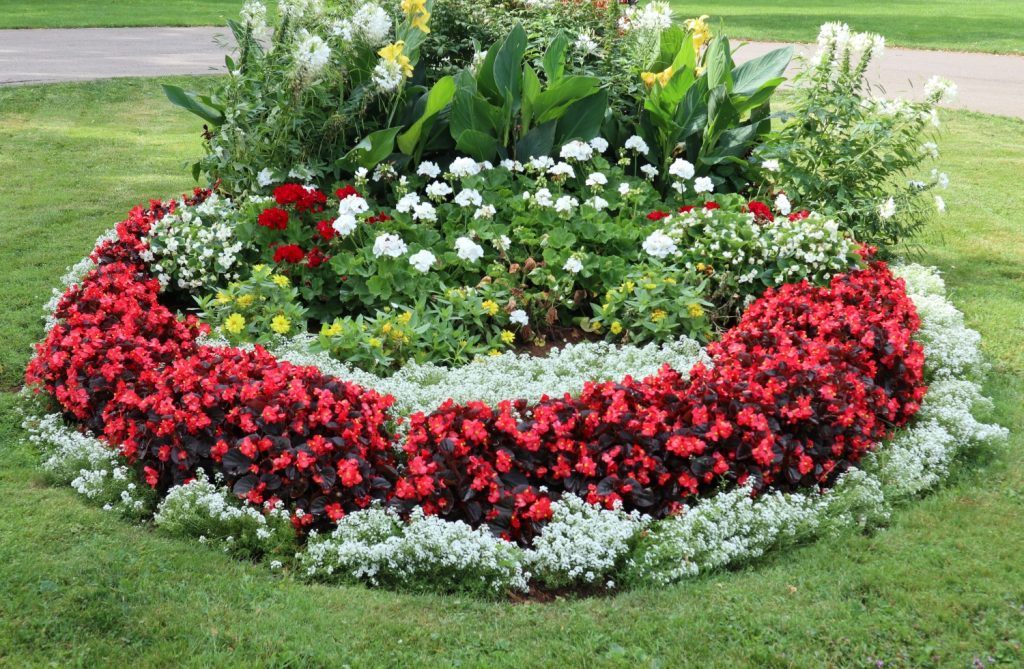
What are the benefits of turning your backyard into a wildlife habitat?
Aside from supporting your local ecosystem, there are many additional benefits to turning your backyard into an oasis for wild animals.
For one thing, you’ll get to enjoy nature-watching. Offering water, food, and shelter to your local wildlife means you’ll have more opportunities to see songbirds, owls, and woodpeckers.
You may get a chance to observe deer, rabbits, foxes, and raccoons up close, too, giving you the opportunity to learn about these incredible creatures in their natural environment.
Turning your backyard into a wildlife habitat has psychological benefits as well. Studies have shown that being in and around nature effectively reduces stress. In this hectic society, “becoming one with nature” has evolved into a new strategy for self-care.
Lastly, if you’re a gardener, inviting more pollinators and birds of prey to your backyard can help keep your crops healthy. These critters promote crop production and keep pest levels down, making organic gardening much easier.
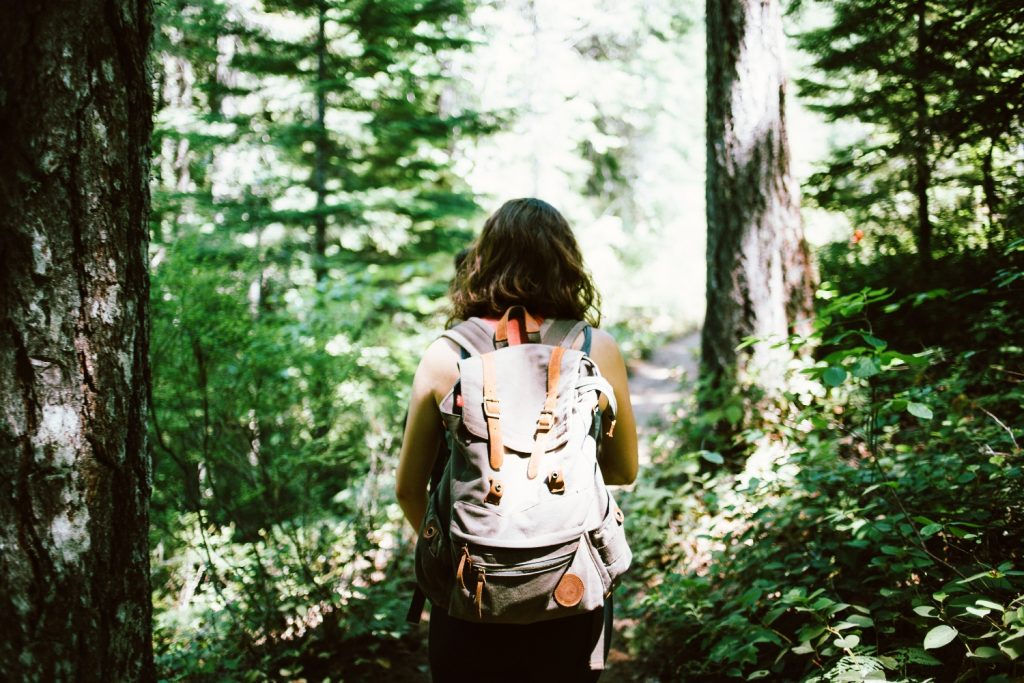
More tips for making your backyard more wildlife-friendly
Maybe your garden is already a certified wildlife habitat. Or maybe you don’t care one bit about getting your property certified, you just want to do everything you can to support your local ecosystem.
Either way, there are plenty of other things you can do to make your backyard a place where your local critters feel safe. Check out these great tips!
Choose native plants
If you want to support your local ecosystem, you need to mimic your local ecosystem. An easy way to do that is by growing more native plants.
Understanding which ecoregion you live in, and which grasses, flowers, shrubs, and trees are native to that ecoregion, allows you to garden more effectively.
Choosing native plants provides your local wildlife with their preferred foods. The more of these foods they have at their disposal, the better their chances of not just surviving, but thriving.
Growing native plants has the added advantage of cutting down on gardening efforts.
Because native plants are uniquely suited to your ecoregion’s soil, sun, average temperatures, and annual rainfall, they can pretty much take care of themselves. All you really need to do to support them is help them propagate, then stand back and watch them grow.
So if you want to make your flower beds and foundation landscaping more eco-friendly, consider replacing all of those fancy hybrid ornamentals with a few of your local wildlife’s favorite native plants.
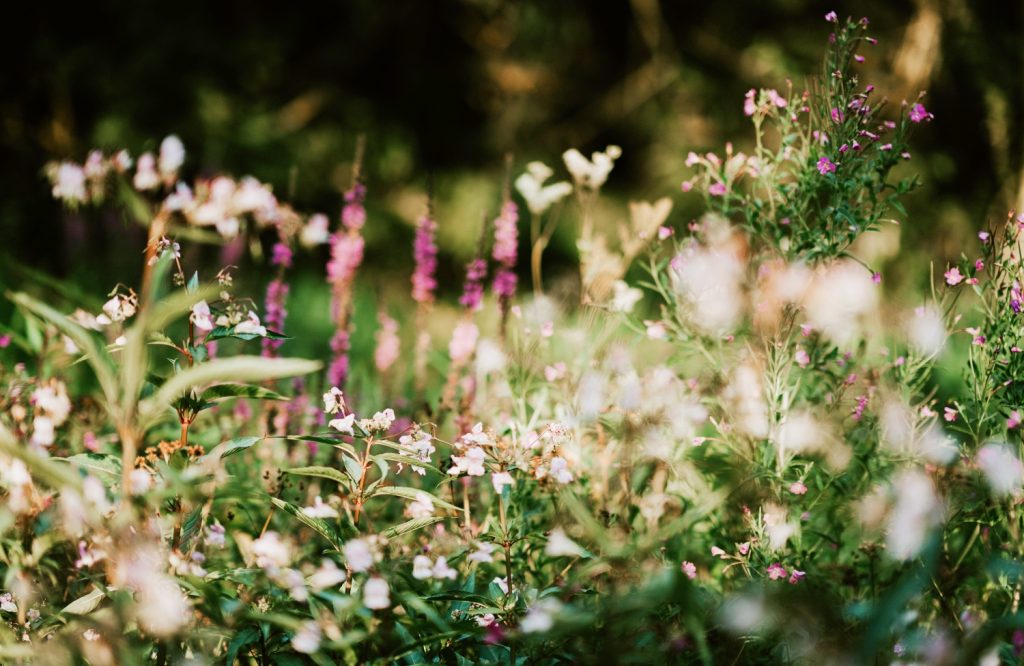
Stop mowing
Allowing the native grasses and plants in your lawn to grow unabated provides your local wildlife with additional protection.
You may not be thrilled about leaving weeds in your backyard. But these plants play an important role in the ecosystem.
Besides, those thistles, dandelions, and clover flowers are actually really pretty. Once you see how much the bees and butterflies in your ecoregion like to visit them, you may be surprised to find your opinion has changed.
Still, we realize it’s not always possible to just give up mowing.
After all, tall grass can be a safe haven for venomous snakes as well as harmless ones. In the process of making your backyard a refuge for local wildlife, the last thing you want to do is turn it into a danger zone for you and your family.
So if you would rather not stop mowing completely, then consider mowing paths from your home to your various outbuildings, and allowing the spaces in between to keep growing.
This way, you can keep as much of your property as wild as possible, while still keeping it functional for your purposes.
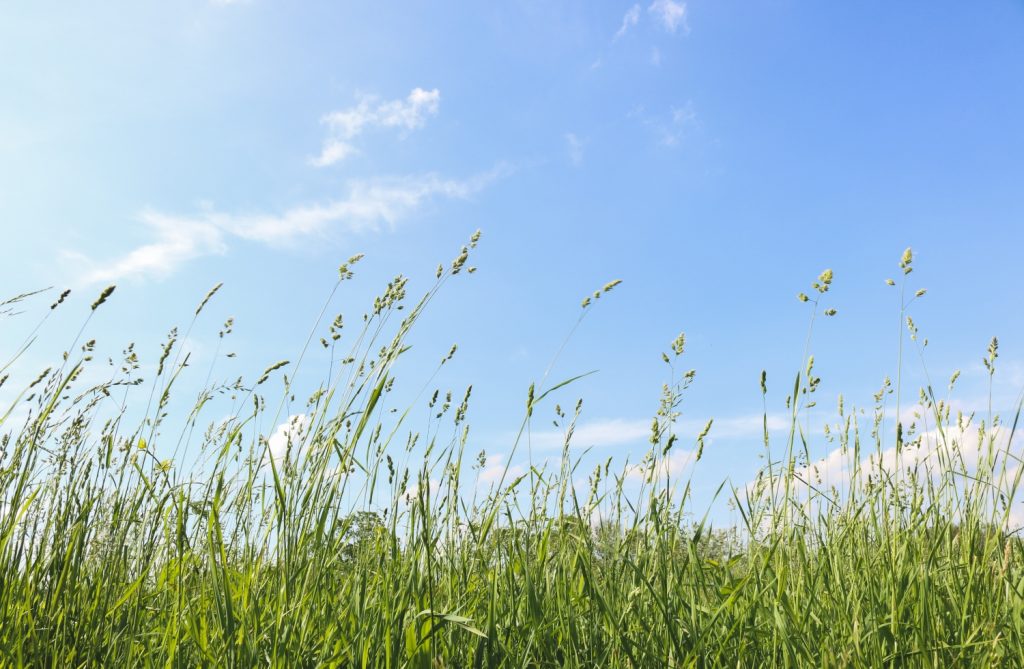
Leave those leaves alone
Leaf piles give small animals a safe place to hide. Dead leaves also nourish surrounding plants and add structure to the soil as they break down.
Allowing decaying plant materials to return to the soil provides worms, mushrooms, and beneficial bacteria in the soil with some extra food.
As these organisms break the plant matter down, they return valuable nutrients to the soil, where living plants can use them to stay healthy.
So instead of raking up the leaves every autumn, just let them fall where they may and nature will take care of the rest.
And if you must rake up the leaves, use them as mulch in your flower beds, or simply scatter them beneath the trees and shrubs growing in a forested area of your property.
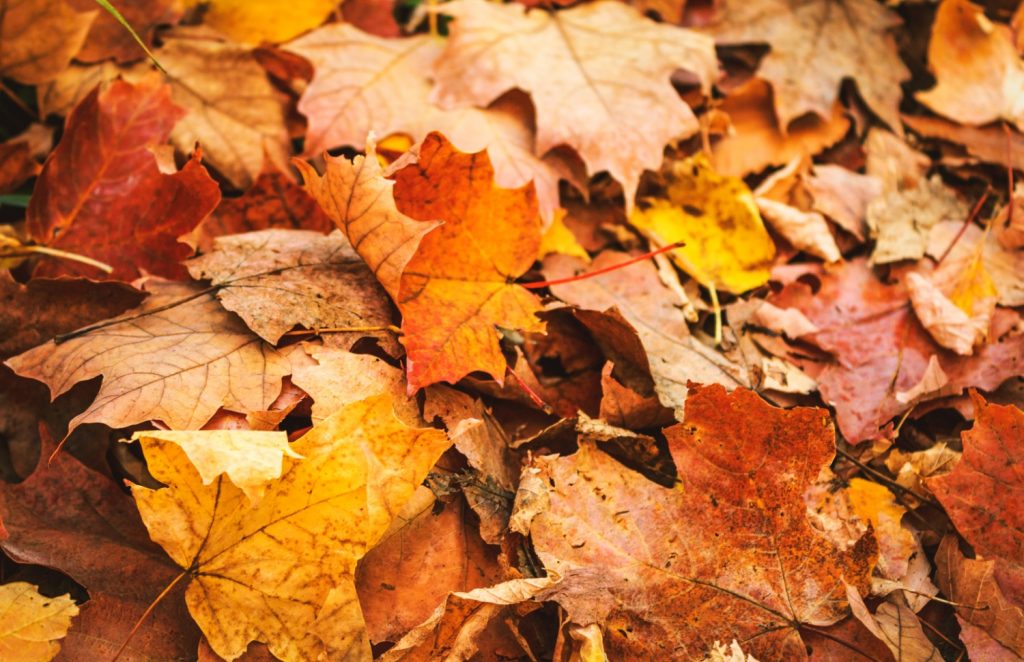
Go organic
Synthetic fertilizers and chemical-laden pesticides and herbicides contaminate the soil and local waterways. They also have a detrimental effect on pollinators, especially bees, who are innocent victims of these substances.
If you want to make your ecosystem more healthy, it’s time to ditch these chemicals for good and go organic.
There are plenty of natural alternatives to synthetic fertilizers, whether you’re looking for high-nitrogen fertilizers, high-phosphorus fertilizers, or high-potassium fertilizers.
You can also make your own homemade pesticides to keep damaging insects like mites, thrips, and whiteflies out of your garden.
Boiling water, baking soda, vinegar, and even a propane torch can be used to target unwanted weeds without introducing harmful chemicals into the ecosystem.
There are plenty of natural alternatives to chemical products that will make your garden a much healthier place for your local wildlife.
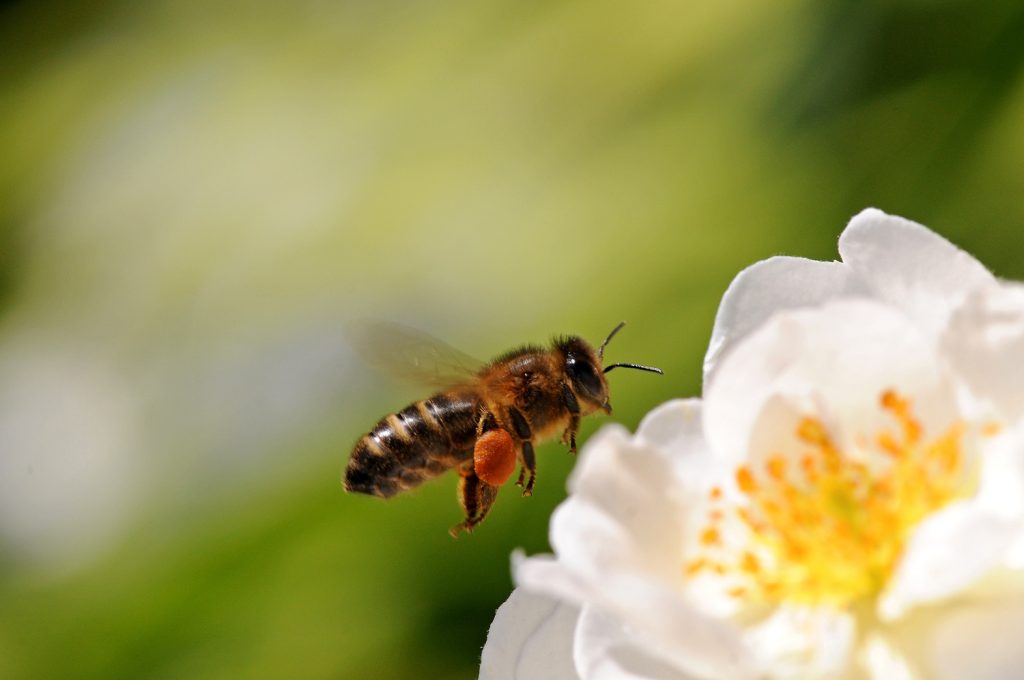
Install a fountain
For many animals, running water is far more appealing than still water.
Purchase a fountain for your backyard, or place a floating solar-powered fountain in your birdbath to keep the water circulating.
Birds love splashing in sprinklers, too, and this gives them a chance to cool down on a hot day.
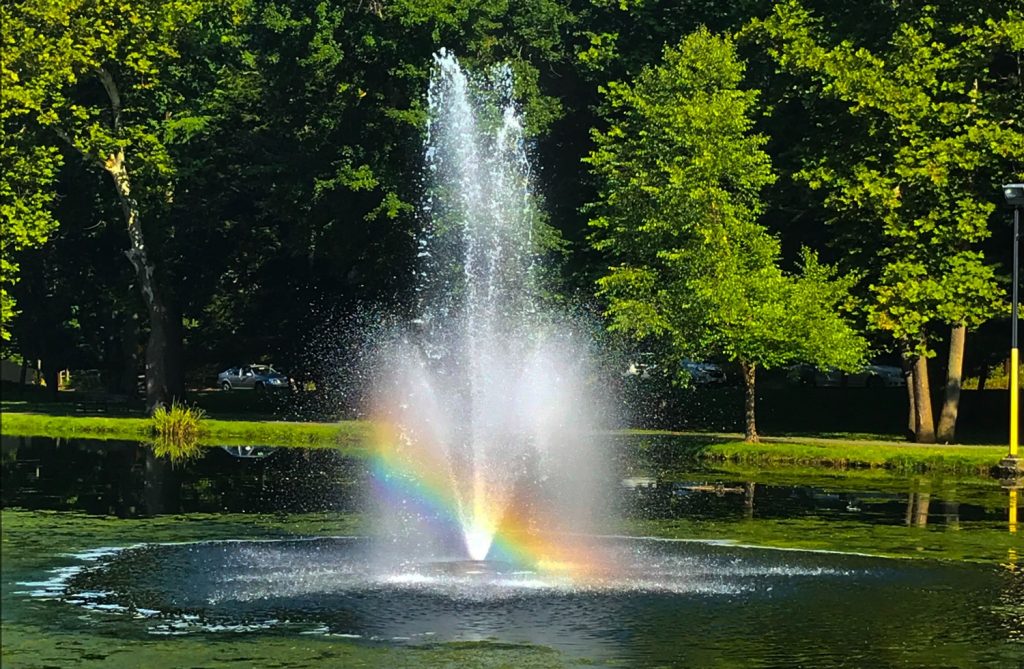
Create biodiversity
From forests to grasslands to rocky hills, animals like to explore different areas. So if you have the space for it, be sure to include different types of habitats for your local wildlife.
Create a rock garden in one part of your backyard, or plant wildflower seeds in a bare spot. Plant a grove of willow trees around a watering hole to give wildlife a chance to cool down as they rehydrate.
Mental stimulation is just as important for animals as it is for people. Giving animals plenty of different places to explore will keep their curiosity going, and encourage them to stick around.
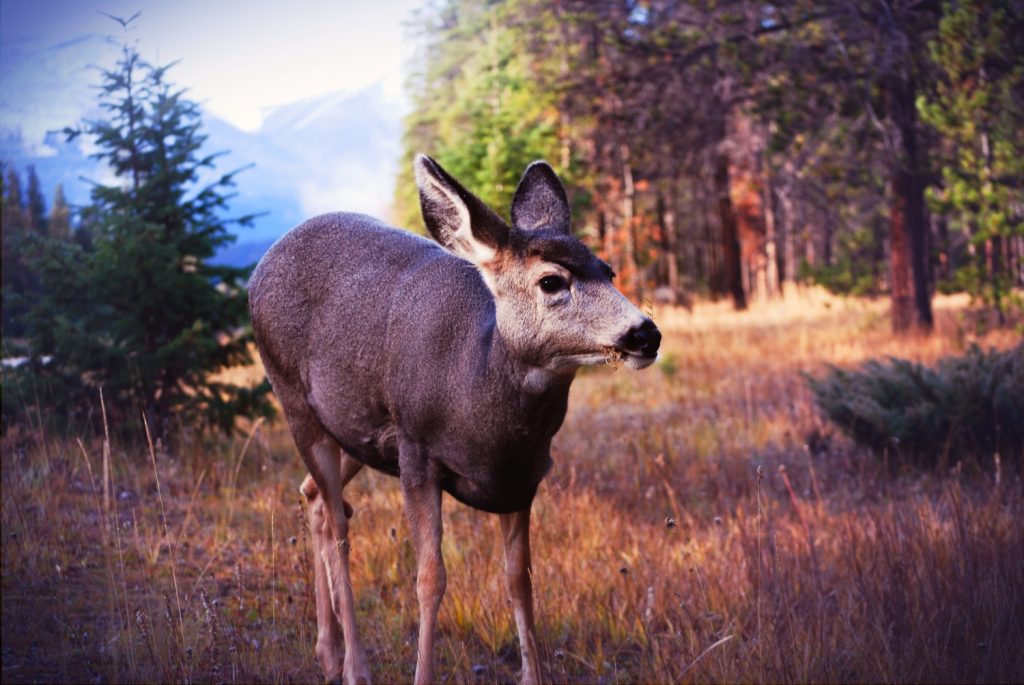
Keep pets inside
Barking dogs and hunting cats won’t make your local wildlife feel very welcome in your backyard.
Be sure to keep your cats indoors, not only for your local songbirds’ and squirrels’ safety but your pet’s as well.
Coyotes, wolves, bears, and even owls will prey on cats. If you want to give your kitty some outdoor time, consider building an outdoor cat patio to keep them safe, or walk them daily on a leash.
Likewise, be sure to keep your dog on a leash at all times. Not only can dogs get lost chasing wildlife, but they can also fall prey to hungry predators, too.
Besides, a barking dog will discourage birds, squirrels, deer, and other animals from making themselves at home in your backyard.
So to get the best of both worlds, be sure to keep your pets with you when you’re outdoors, and bring them inside when you can’t supervise them.
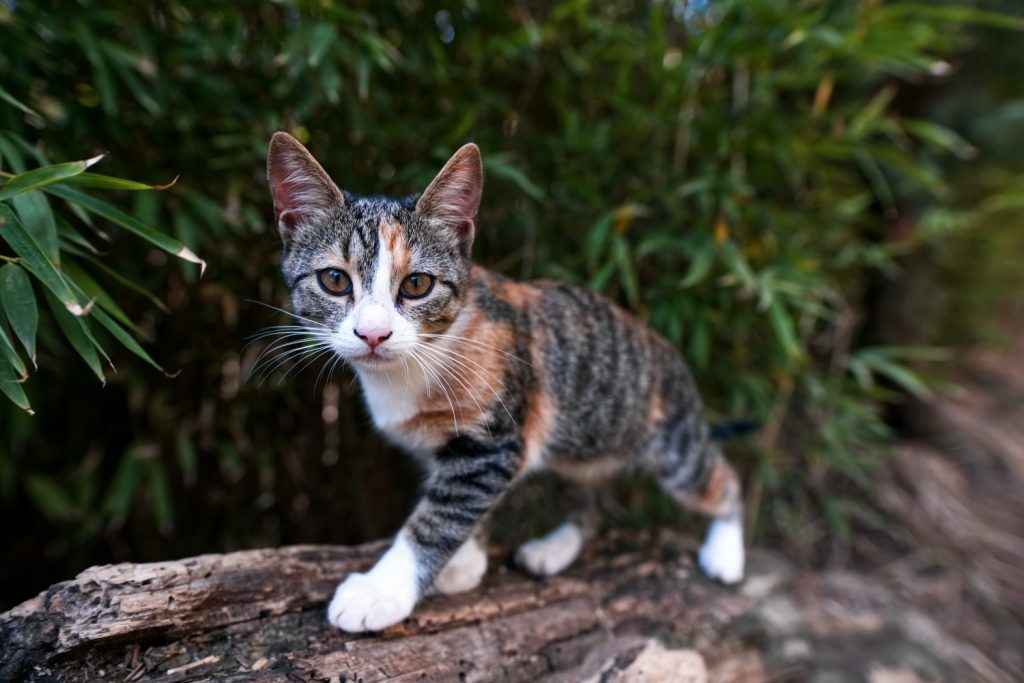
Support nature and educate others with your own wildlife habitat
Now that you know how to make your yard a wildlife habitat, you can take this opportunity to educate others about the importance of supporting the ecosystem.
Giving local insects and animals water, food, and shelter allows you to play an active role in your ecoregion, which is as rewarding to witness as it is beneficial to the environment.
Start transforming your backyard into a wildlife habitat today, and see for yourself what a difference you can make!
